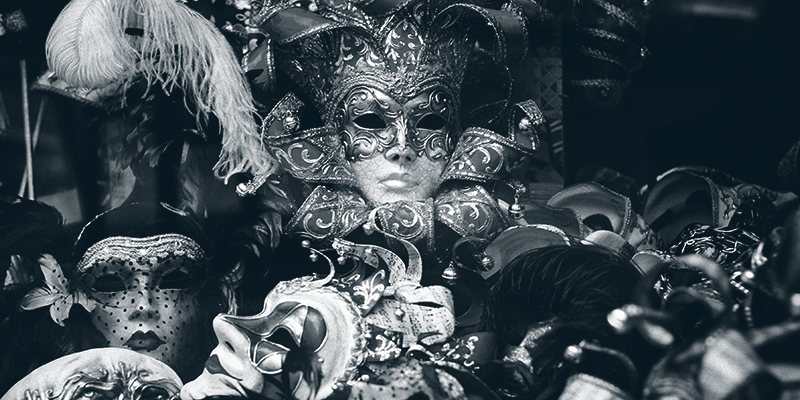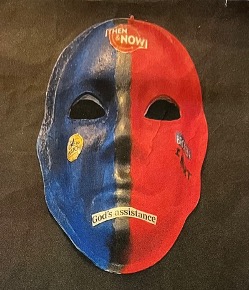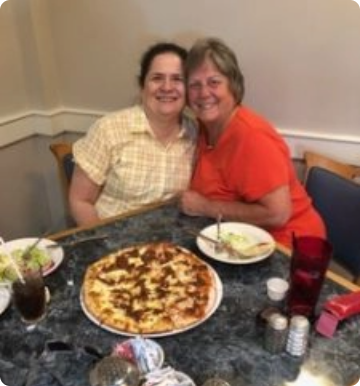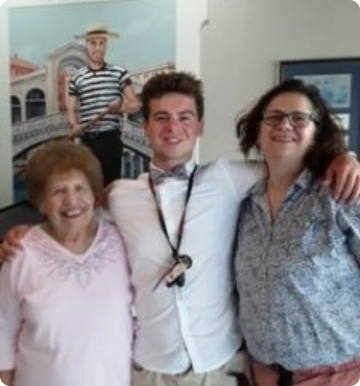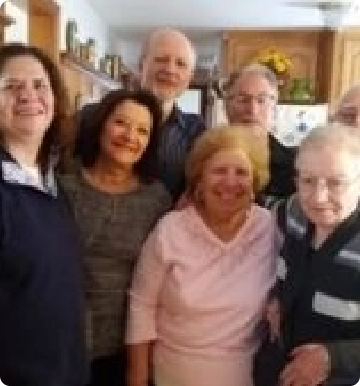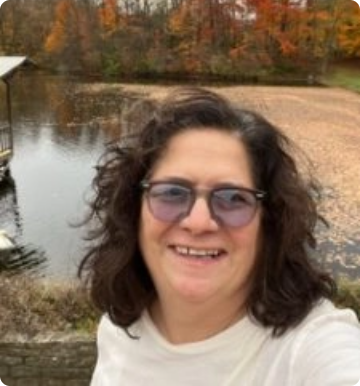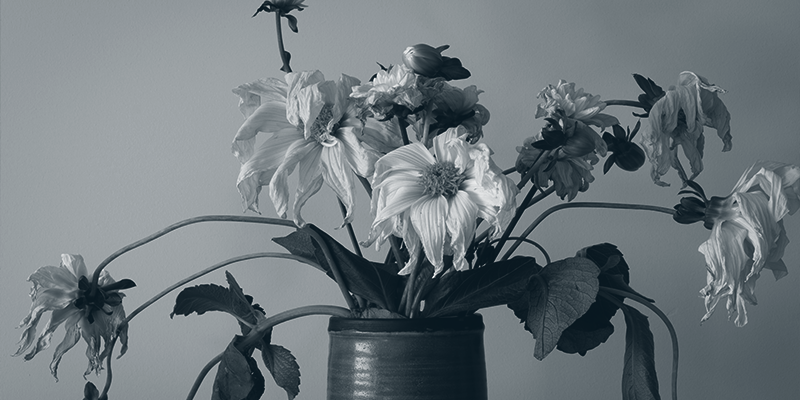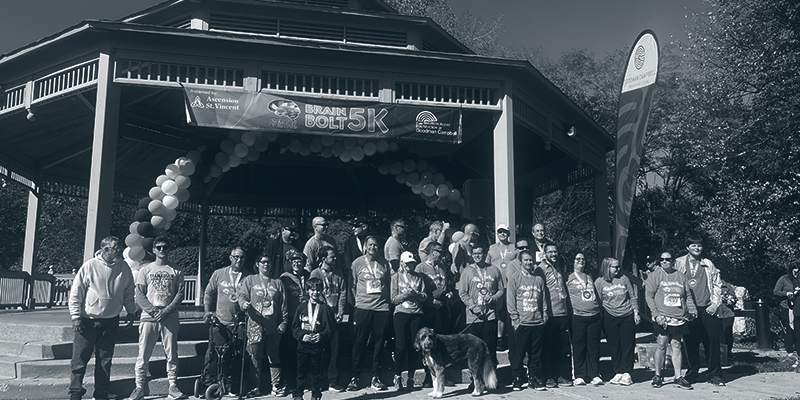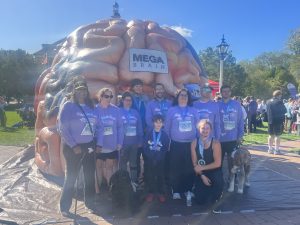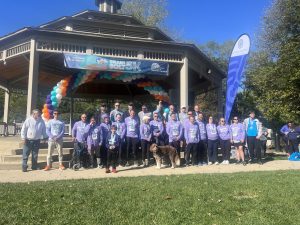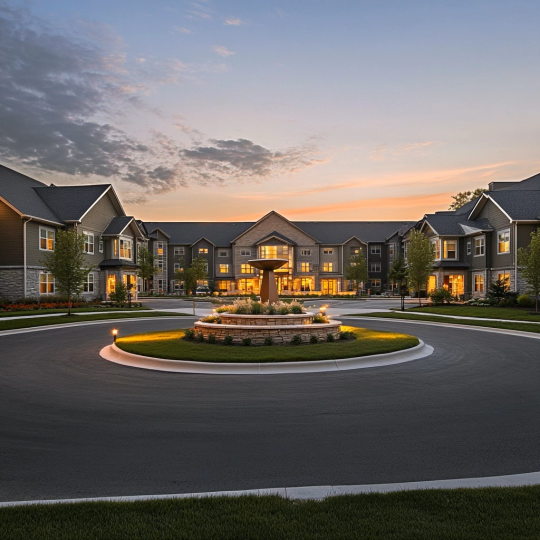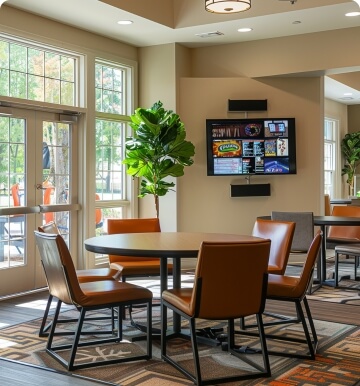Ryan Quick
My name is Ryan Quick. I grew up in Westfield, Indiana. After high school, I went to Wabash College then Butler University, graduating in 2004 with a degree in Psychology. After graduation I struggled for several years to find my way, but eventually I got a job working for Fathers and Families as an Education Specialist. I helped young men (and women) pass the G.E.D. and obtain their high school diploma. I found this to be very rewarding, and after three years there, I felt I had really found my calling. I decided that I wanted to be a high school mathematics teacher.
In October of 1012, this all came to a crashing end one really stormy evening on my way home from work. Going through an intersection my car hit a large puddle, hydroplaned, spun around, and collided with an oncoming truck. I ended up at Wishard Hospital with a Traumatic Brain Injury.
Now my previous life, ambitions, and desires have been put aside. My former friends have all moved on with their lives. When I contact them on social media, I rarely hear back. My parents and their friends are now the people upon whom I depend. My only social outlets are church and Heads or Tails, a TBI social group that meets once or twice a month.
In the years since my accident I have been focused on recovery. This has included all manner of therapies. I now go to physical therapy, water therapy, art therapy, adaptive yoga, and activate brain and body therapy. Though I still have significant left side impairment that renders me unable to walk, my improvement over the past 12 years motivates me to continue my therapy.
I share an apartment with another disabled gentleman. We have staff assistance with some of the activities of daily living, but I am slowly becoming more independent. I aspire to someday live in at Villa Licci, a community where TBI survivors with similar needs and concerns can thrive together as independently as possible.





